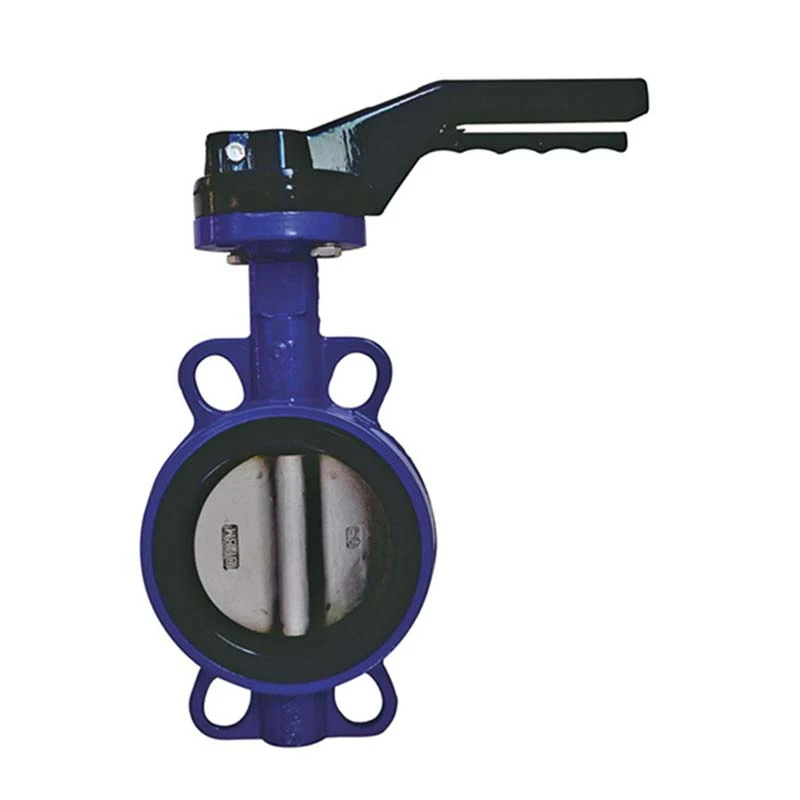ធ្នូ . 12, 2024 10:43 Back to list
stainless steel ball check valve
Understanding Stainless Steel Ball Check Valves A Comprehensive Guide
Stainless steel ball check valves are vital components in many fluid handling systems. These valves utilize a simple yet effective mechanism to ensure the unidirectional flow of liquids and gases, thereby preventing backflow, which can lead to system inefficiencies or damage. This article aims to provide a detailed understanding of stainless steel ball check valves, including their construction, working principles, applications, and advantages.
Construction of Stainless Steel Ball Check Valves
A stainless steel ball check valve primarily comprises a valve body, a ball, a ball seat, and an upstream and downstream connection. The valve body is made of high-quality stainless steel, which is known for its durability, resistance to corrosion, and ability to withstand high pressure and temperature conditions. The ball is typically constructed from stainless steel or other materials that can provide a tight seal when it rests against the ball seat, which is usually crafted from a resilient material like rubber or PTFE.
The ball is free to move within the valve body, allowing it to open or close the valve. When the pressure from the upstream side exceeds the pressure on the downstream side, the ball lifts, enabling flow through the valve. Conversely, when the upstream pressure decreases or the downstream pressure increases, the ball returns to its seat, effectively sealing the valve and preventing any backflow.
Working Principle
The operation of a stainless steel ball check valve is quite straightforward. When fluid flows in the desired direction, the pressure pushes the ball away from the seat, thus allowing the fluid to pass through. As soon as the driving pressure falls or the flow reverses, the ball is pushed back down into its seat by gravity or back pressure, sealing the valve and stopping any reverse flow. This self-acting mechanism makes ball check valves incredibly effective for applications where backflow must be avoided.
Applications
stainless steel ball check valve

Stainless steel ball check valves find their applications across a range of industries, including
1. Water and Wastewater Treatment In these systems, preventing backflow is crucial to maintaining water quality and system integrity. 2. Chemical Processing Chemical plants often utilize check valves to prevent hazardous materials from flowing backward, ensuring safety and compliance with regulations. 3. Oil and Gas These valves are used to protect pumps and piping systems from backflow, which can lead to operational failures or dangerous spills. 4. Food and Beverage Sanitary applications require reliable check valves to ensure contamination-free processes. 5. Pharmaceuticals In this industry, maintaining the integrity of processes is critical, making check valves an essential component.
Advantages
The use of stainless steel ball check valves offers several advantages
- Corrosion Resistance Being made of stainless steel means these valves can withstand harsh environments without degrading. - Durability Stainless steel check valves are robust and designed to last, even under extreme conditions. - Low Maintenance These valves have fewer components and do not require manual intervention, leading to lower maintenance costs. - Versatility They can be used in various media, including liquids, gases, and slurries, making them versatile for numerous applications.
Conclusion
Stainless steel ball check valves are integral components in modern fluid handling systems, offering a reliable solution for preventing backflow. Their robust construction, simple working principle, and wide range of applications make them indispensable in various industries. By understanding their functionality and benefits, engineers and technicians can better appreciate their role in maintaining the efficiency and safety of fluid systems. Whether for water treatment, chemical processing, or other applications, stainless steel ball check valves prove to be a critical asset in managing flow dynamics effectively.
Share